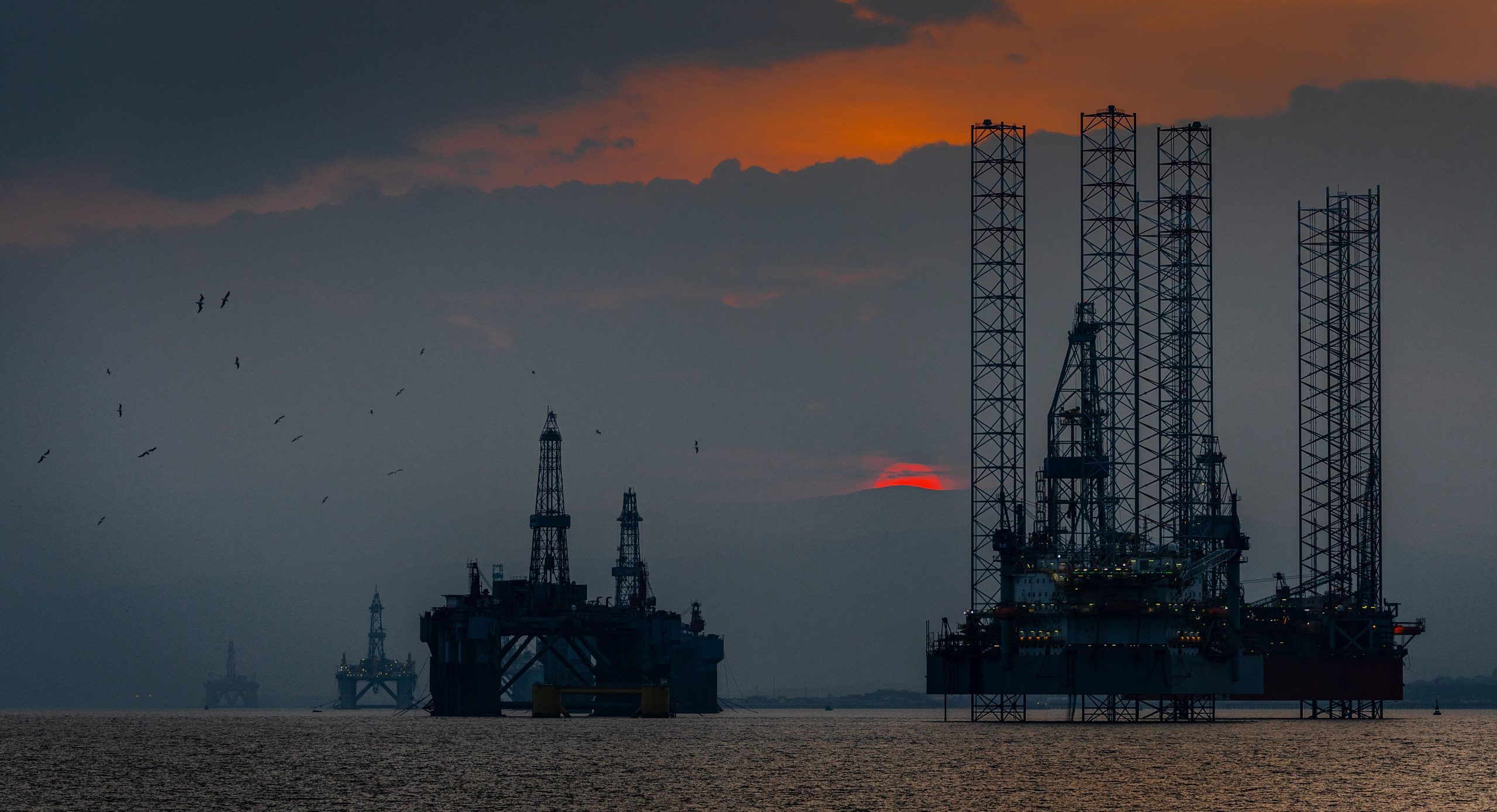Carbon pricing has become increasingly commonplace as countries and businesses struggle to reduce emissions and meet international targets. However, the price of carbon recently hit a new high, reaching €100 per ton in Europe. This is both a sign of progress for those looking to curb emissions and a cause for concern for many industries that produce high levels of CO2. This article will explore the implications of this new carbon price on climate change initiatives, renewable energy sources and the future of energy production around the world. Read on to find out how this landmark moment in climate history could shape our future.
The implications of a carbon price hit of €100
A carbon price of €100 would have profound implications for climate change and the future of energy. It would mean that the cost of carbon would be factored into the price of every good and service that uses fossil fuels. This would provide a powerful incentive for businesses to find ways to reduce their reliance on fossil fuels and switch to cleaner forms of energy. It would also make low-carbon technologies such as solar and wind power more competitive with fossil fuels.
This would be a major step towards achieving the goals of the Paris Agreement on climate change, which is to keep global warming below 2°C. It would also send a strong signal to businesses and investors that the EU is serious about tackling climate change. This could lead to a surge in investment in clean technologies, which would create jobs and drive innovation.
What this means for climate change
- What this means for climate change
The carbon price has hit €30 per tonne of CO2, and this is big news for the fight against climate change. This price is set to rise in the future, and it will have a major impact on the way we generate energy and use resources.
This high carbon price means that it is now more expensive to pollute than ever before. This provides a strong incentive for businesses and individuals to find ways to reduce their emissions. In particular, it will make low-carbon technologies like solar power and electric vehicles more attractive compared to traditional fossil-fuel options.
The carbon price also creates a financial incentive for companies to invest in carbon capture and storage (CCS) technologies. CCS can capture up to 90% of the CO2 emitted from power plants and other industrial facilities, preventing it from entering the atmosphere. This is a vital tool in the fight against climate change, and the higher carbon price makes it more economically viable.
Overall, the high carbon price is good news for the environment. It will help reduce emissions and encourage investment in clean technologies. This is a major step forward in the fight against climate change, and it sets us on a better path for the future.
The future of energy
- The future of energy is in renewable sources like solar and wind.
- The price on carbon will make sure that these renewable sources become more competitive, and eventually the dominant source of energy.
- This is good news for climate change, as we need to move away from fossil fuels as quickly as possible.
- It’s also good news for our wallets, as renewable energy is often cheaper than traditional sources once you factor in things like subsidies and environmental costs.
- In the long run, this switch to renewables will lead to a cleaner, healthier planet and a more sustainable future for all of us.
Conclusion
In conclusion, the recent surge in the carbon price to €100 is a positive development for fighting climate change and transitioning towards a clean energy future. It provides an incentive for companies to reduce their emissions and encourages investments into renewable energy sources. While this may have implications on consumer utility bills in the short-term, it will lead to sustained economic growth and improved public health outcomes over time. Ultimately, this could be the spark that leads us towards a sustainable and prosperous planet for generations to come.










